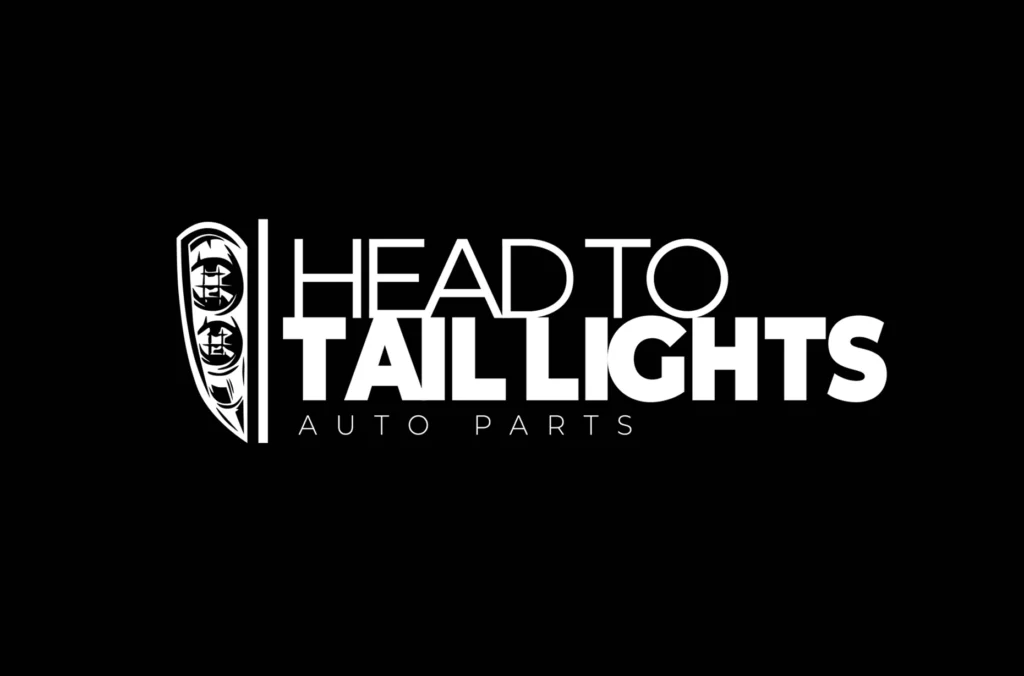
Buying used car parts is a smart, cost-effective way to keep your vehicle running smoothly without overspending. But the biggest challenge many drivers face is used car parts compatibility. Not all parts are interchangeable—even between the same brand or model line. If you’re looking to match used car parts with your vehicle model, understanding how to decode your car’s details is essential. This guide will walk you through the basics of car model part lookup, using VIN numbers, OEM codes, and other helpful tools to ensure the perfect fit every time.
A part that doesn’t fit correctly or isn’t designed for your car’s year or trim level can lead to poor performance, safety issues, or even damage. When you’re buying used auto parts, there’s no margin for error—you need the right piece the first time.
The Vehicle Identification Number (VIN) is a 17-character code that acts like your car’s fingerprint. It contains key information such as the manufacturer, engine type, production plant, and model year.
Where to find your VIN:
How VIN helps:
Parts suppliers can use the VIN to search databases and ensure you’re getting components built specifically for your vehicle.
OEM stands for Original Equipment Manufacturer. These parts are made by the company that produced your vehicle or its components.
Where to find OEM part numbers:
Searching for used parts by OEM number helps guarantee an exact match—especially important for complex systems like headlights, infotainment units, or electrical parts.
Not all [Make/Model/Year] combinations are created equal. Trim levels and optional features can drastically change which parts are compatible.
Example:
A 2017 Honda Accord EX might use a different mirror or infotainment display than a 2017 Accord Sport. Even if the year and base model match, the internal components might not.
Use this trio:
Online parts databases can help verify compatibility before you buy. Many offer the ability to search by VIN, year/make/model, or OEM number.
A comprehensive platform that helps mechanics and buyers find the exact OEM or aftermarket part for their vehicle.
Once you’ve confirmed the right part, ensure you’re buying from a trusted source. At Head to Tail Lights, we specialize in high-quality used OEM parts—from headlights and taillights to infotainment systems and mirrors. Every part is tested, inspected, and verified for accuracy and performance.
Matching used car parts to your vehicle doesn’t have to be overwhelming. To match used car parts with your vehicle model—using your VIN, OEM codes, and vehicle details—you can confidently shop for the exact components your vehicle needs. Whether you’re replacing a mirror or upgrading your dashboard tech, proper part matching ensures safety, reliability, and long-term value.
Looking for affordable, high-quality OEM parts? Check out our inventory at Head to Tail Lights and get the perfect match for your car today!

on orders placed by 2PM
1360 NW 65th Avenue
Plantation, FL 33313
1888-491-0318
headtotaillights@gmail.com
© 2024-2025 Head To Tail Lights Auto Parts. All Rights Reserved.